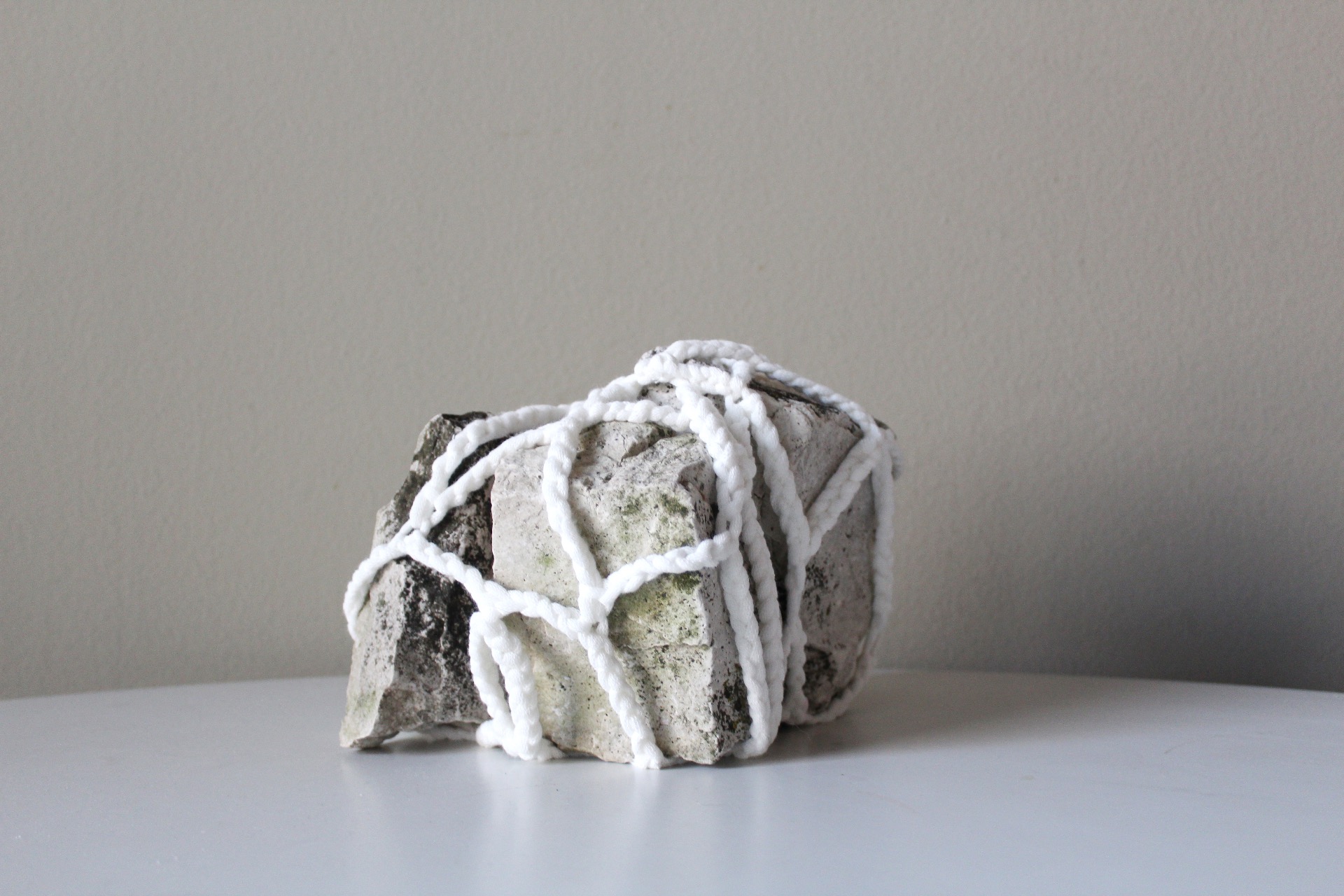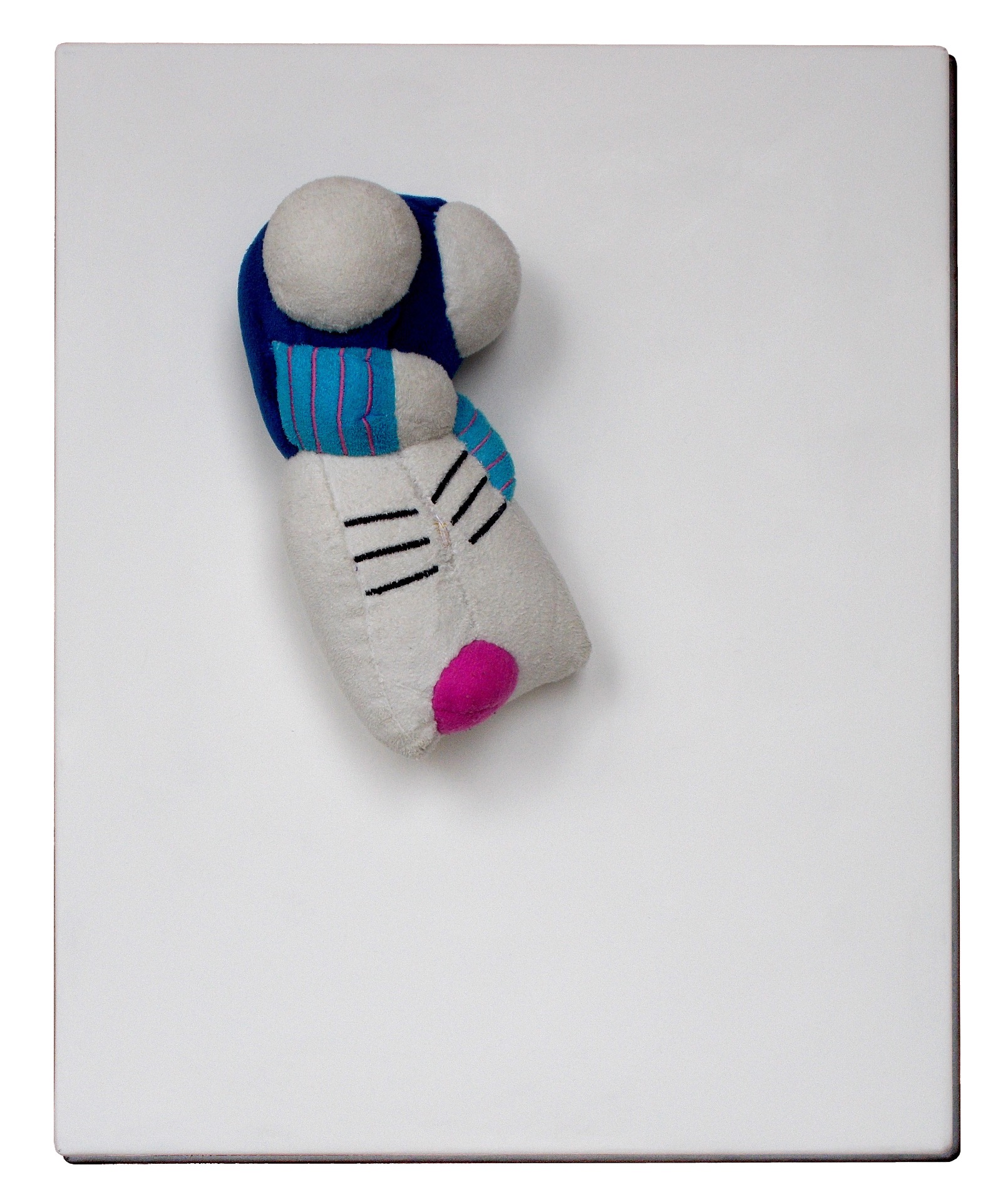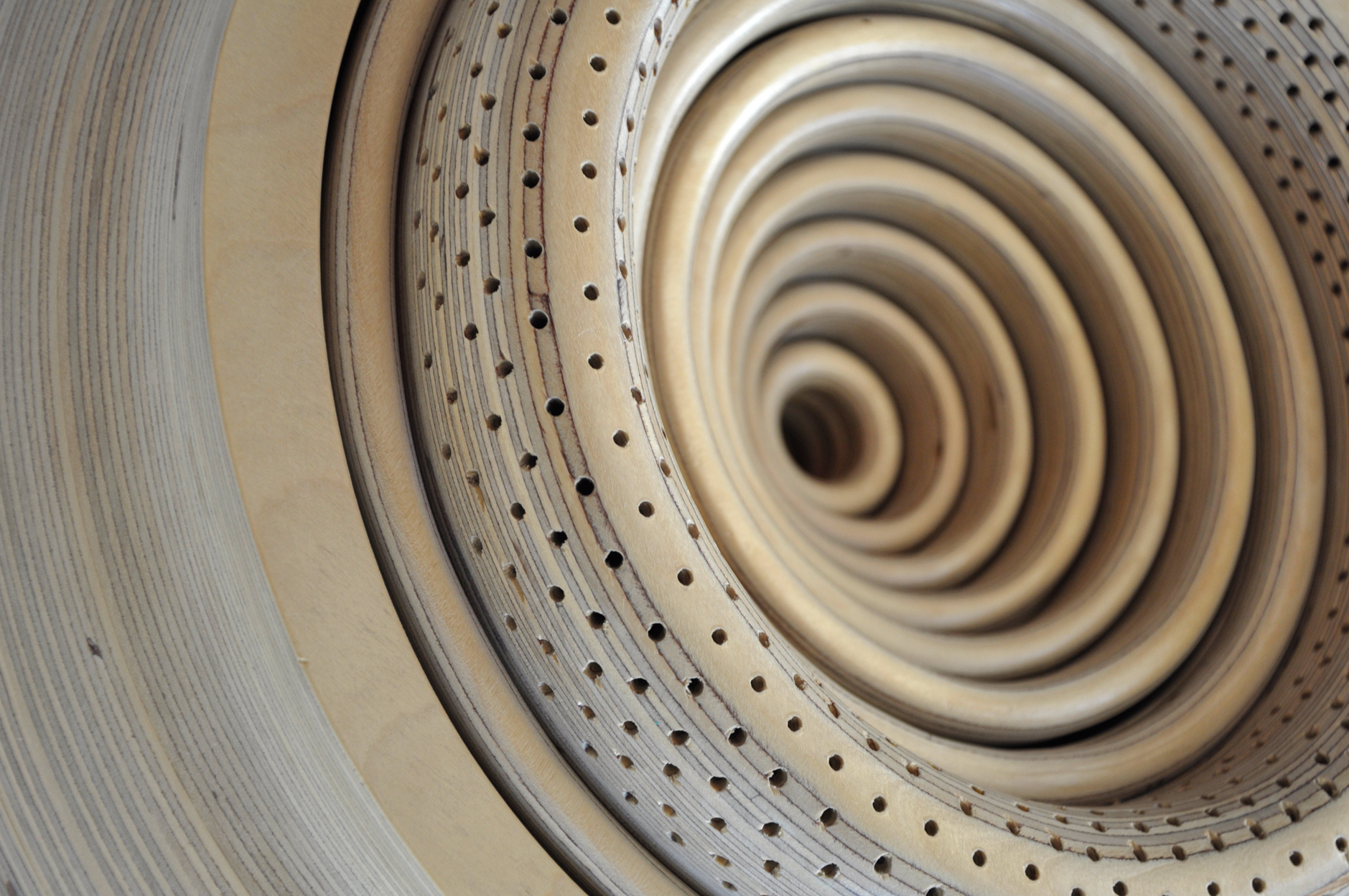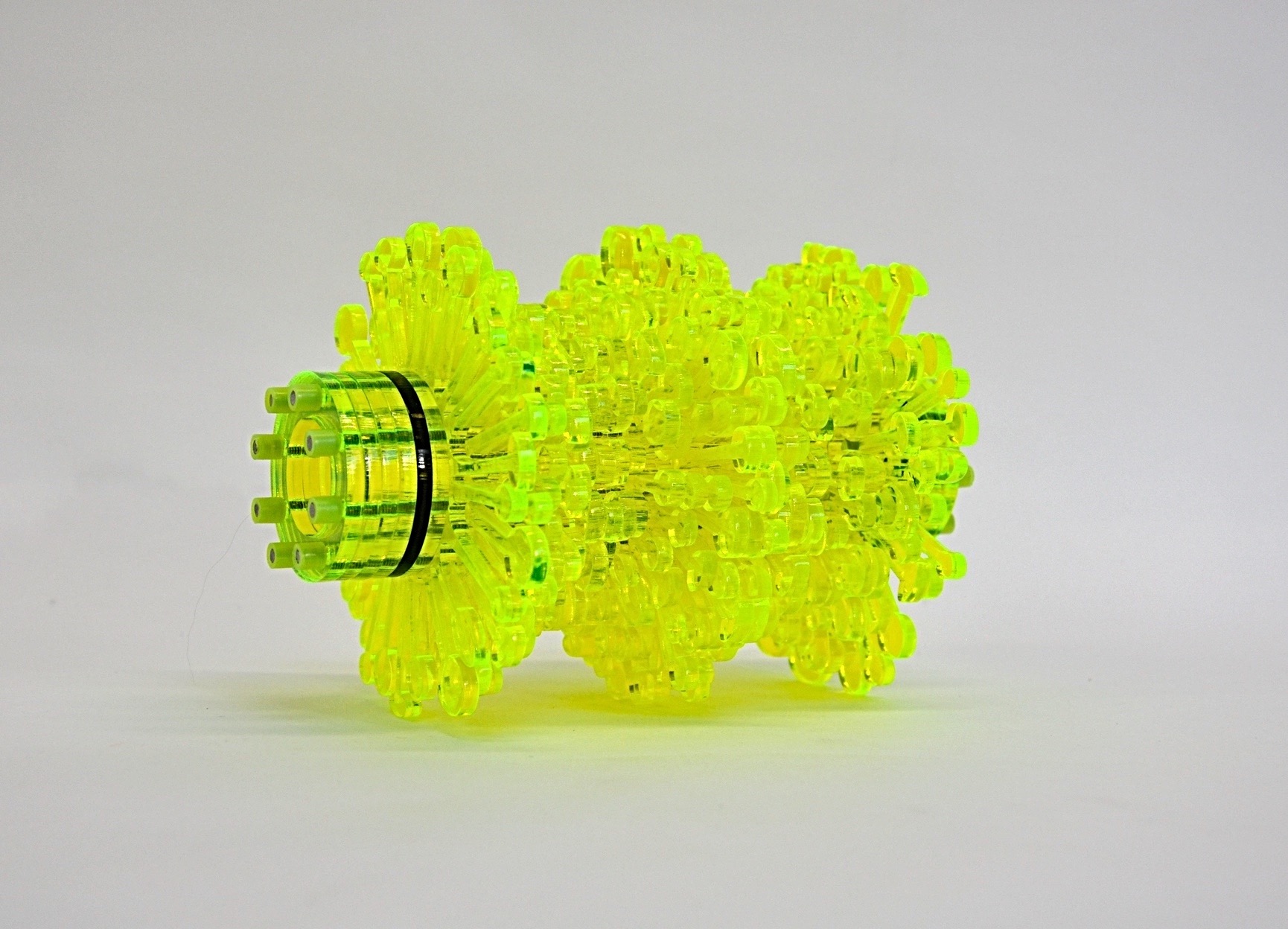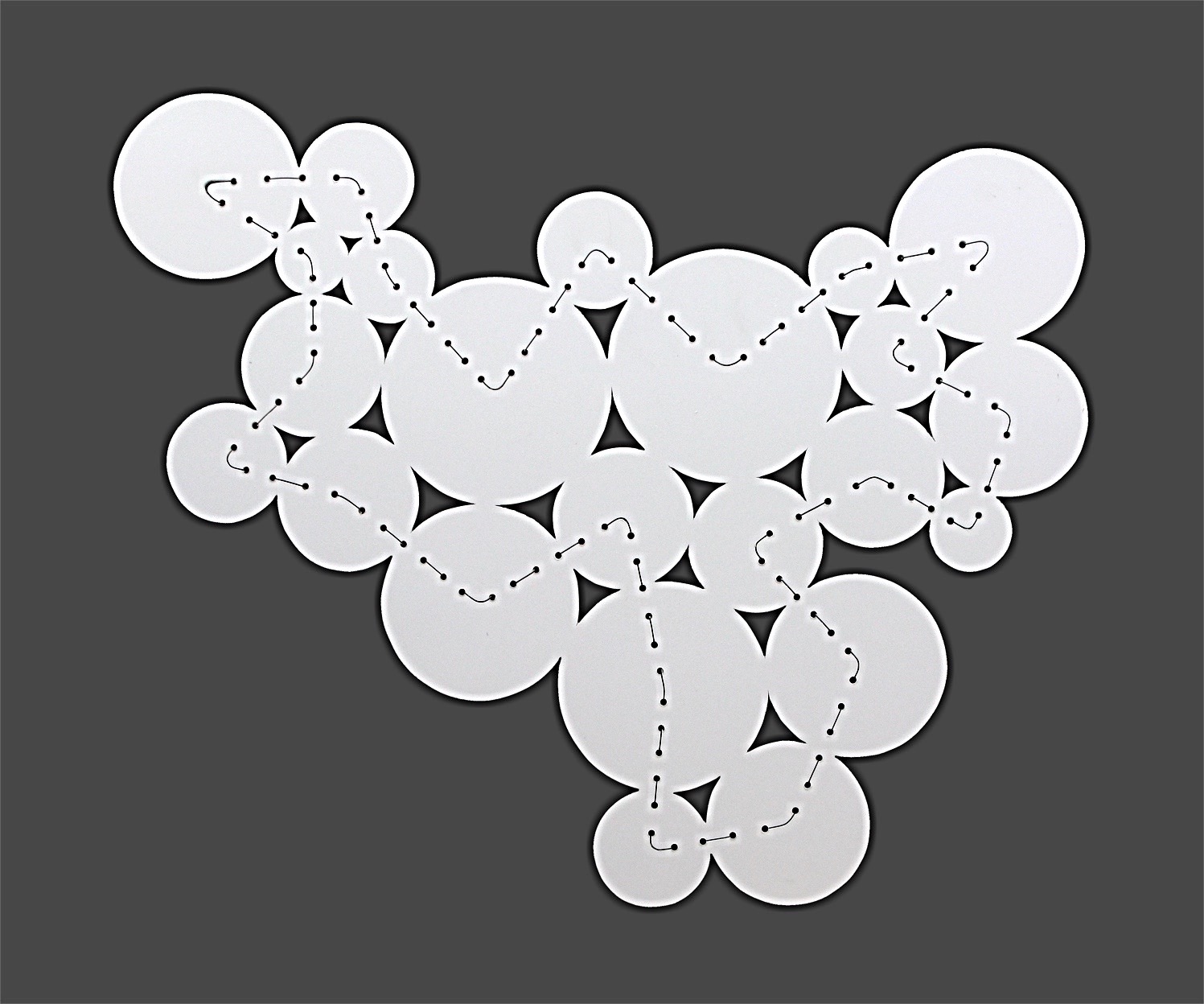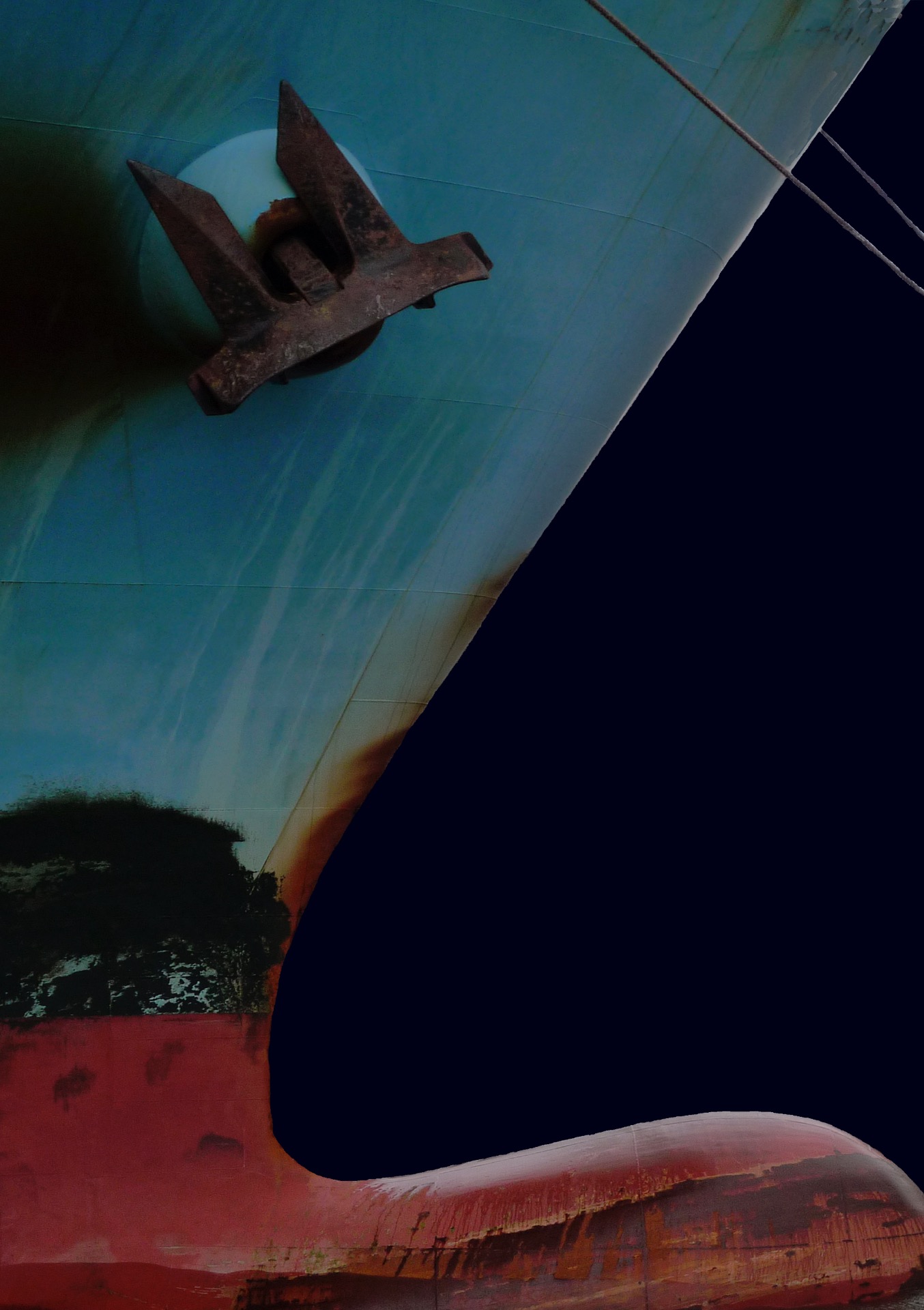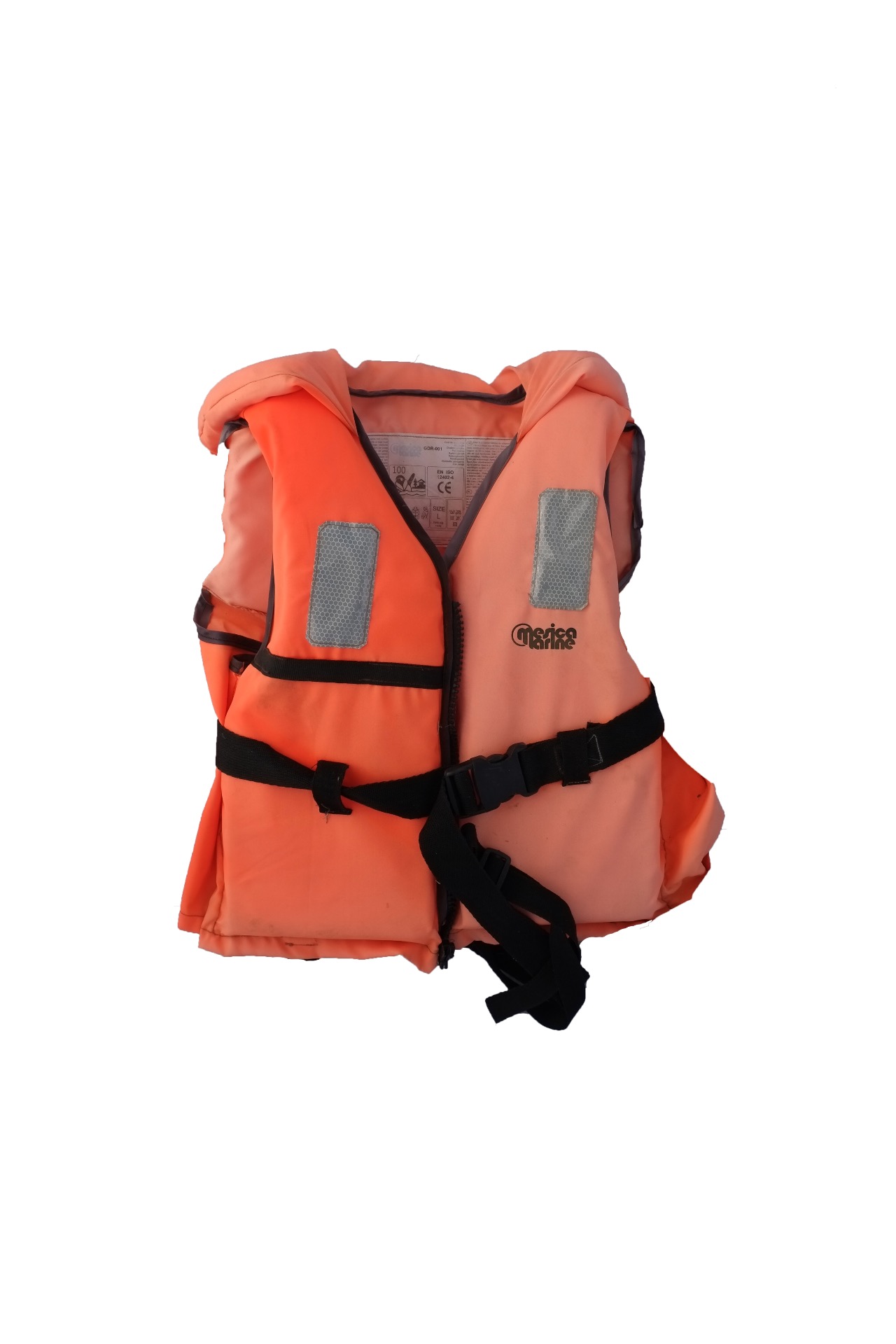Material Culture
10.-30. June 2019
Artists manually transform their reflections or ideas into objects that become part of material culture. This happens in the process of creative production using material and tools. Today, it also involves digital formats.
At the same time, these elements of materials including digital formats and ideas are subject to a creative process of transformation, which leads to the creation of a new object within material culture. The work of art contains forms and structures that stimulate the viewers' thought processes to such an extent that the viewers not only recreate the moment of aesthetic experience but also create new elements of intellectual culture in their minds and often begin to create themselves. Art is not just about the emotional or purely aesthetic experience, but it is also about stimulating the creative process. The artwork is a bundle of energy; through this energy, the artwork becomes the bearer of influences and impulses. This energy, accumulated from the mind of the artist through mental and manual processes, produces a moment of intellectual, corporeal and emotional stimulation, a thrill followed by satisfaction and also by action.
Moreover, the individuality of the artwork, by explicitly emphasising the individuality of its originator, allows us to reach for our own selves and to perceive the input of information in a special way. The individuality of the artwork reflects the uniqueness of the creative person. Knowledge about that individuality and uniqueness arouses and stimulates self-awareness and world perception as specific. The material with its texture becomes a stimulant in the hands of the artist.
The manual work of the artist who uses material and tools is a way of repeatedly remoulding, over-shaping but also destroying, with the aim of a balance that stimulates the viewer's gaze and reaction. In this exhibition, the artists' artworks are presented as witnesses and partners of material culture. They are linked to their processes of production in order to make visible the creative and manual processes of artistic practice.
Zelene Schlosberg
Zelene's work with fibres, stones, wood, textiles, and metal creates connecting lines. The materials bind the juxtaposed structures into one unit. This makes us strive for structure and find a balance that offers satisfaction and stimulation. With our eyes and thoughts, we follow the lines marked with threads in Studies in Hue and Whimsy and are stuck suddenly at the bound and pinned stones or bundles of linen in Nest, or feel the moment of sticking metal sticks into the wood in Territory like our thoughts, which linger there.
In two videos, Zelene explains her work with materials and tools
.
River Noir Series, Nest, 2017-2018 - Stone and Thread on Canvas
Interim Landscape, Territory, 2018-2019 - Thread, Wood, Neils on Canvas
Nathalie lets the familiar cuddly animals to fall apart. She dissects them as if dissecting thoughts and sews them together because even thoughts strive for a creative process of apparent destruction and unity in order to create meaning. The cuddly toys in Millennium Monsters or those attached to the canvas in Milky Way have become the material of her artistic practice and are subject to a manual and emotional process of disassembly and assembly, which the spectator observes, feels and reflects upon.
Nathalie's practice with stuffed animals in video making Igloo of Barneo
Without Title n°9 (Milky Way), 2017 - Acrylic and Stuffed Animals Sewed on Canvas
Russell's turbine-like sculptures look like created and taken from the dream worlds of space. The viewer looks for their assignment and meaning. Their forms and structures allow them to settle into the mechanistic world of our daily experience, especially the wood in the sculpture If Kosh was Right and the acrylic in Replacement Part. Moreover, the unexpected breaks in form and guidance create structures that nourish the intellect and in turn, fix thoughts, suggests Tracker.
Russell in his studio
If Kosh Was Right, 2014 - Birch Faced Polywood

Marta Corada
MeiMei
Winter Tale, 2019 - Photomontage
Tartaro's Journey, 2018 - Hand Dyed Merino Wool, Ceramic Headpieces, Wooden Base
Marion's observation of objects and events allows us also to relive and reflect on political processes and controversial moments, such as migration in Lesbos or 50 Women a Day, and cultural conventions, for example in clothing in Hanbok. The background-free photographs emphasise the materiality and presence of the life jackets. They are witnesses to tragedies and happy endings and, at the same time, mediators of the idea of responsibility and the necessity of salvation. Marion uses her artistic view and employs her camera as an instrument manual activity to process the material. In Black, Marion takes black ink and paper as a material, piercing them with small metal needles, which are like thoughts throbbing through the pattern created by thoughts existing already in our mind. We want to suppress the thoughts. The needles suggest fear and danger but also the protective mental processes of which we are capable.
Black, 2019 - Ink on Paper, Metallic Pins
Hanbok Black - Photoprint on Aluminium

